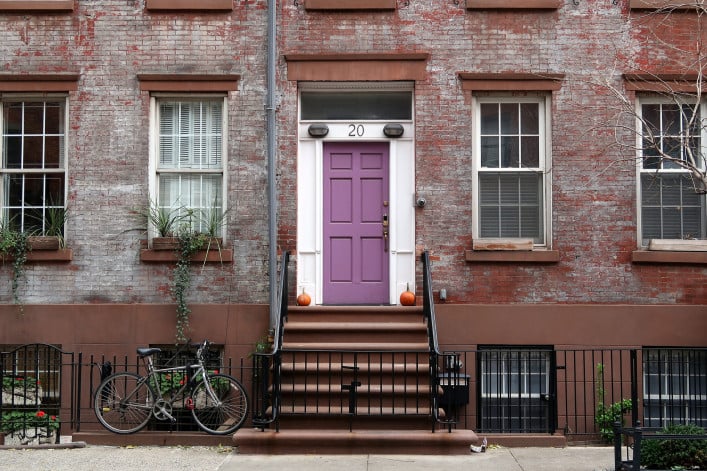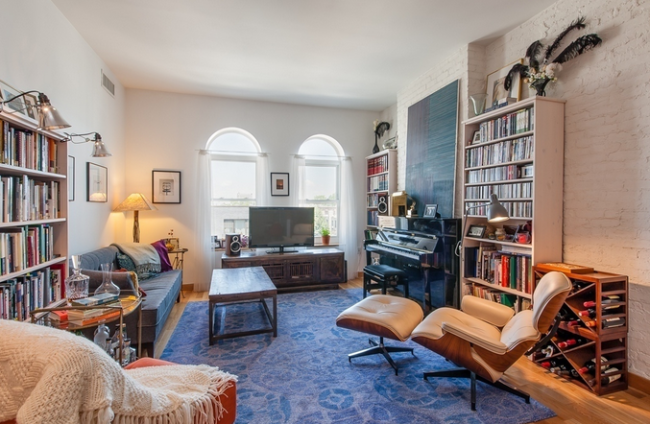London millennials are increasingly co-purchasing homes—here's what to know to pull off something similar in NYC
Facing ever-rising rents, high down payment requirements, and an impossibly high-priced sales market (sound familiar?), some younger buyers in London are turning to co-purchasing as a way to get out of the rental racket and onto the property ladder, as the Real Deal reported last week.
This kind of shared buying structure has existed across the pond for a while now, in the form of "Share to Buy" programs that let purchasers within certain income parameters buy a percentage of a property they normally wouldn't be able to afford, and slowly ramp up the amount that they own over time, taking over more of the mortgage from the larger housing association that owns the property outright. (Co-buying options in the U.K. started out as targeted towards lower-income renters, but as the market has gotten more expensive and difficult, have become a more popular option for middle-income earners, as well.) The Real Deal's story chronicled the search of one couple who realized they were shelling out an unreasonable amount in rent for their shared one-bedroom, and came across shared ownership as an alternative. It works like this:
We had heard of the Help to Buy scheme, which was great for helping first time buyers scrape together more of a deposit, but with greater lending restrictions following the 2008 crisis, it wouldn’t have helped people like us.
Even taking into account both of our salaries, we were unlikely to be approved enough of a mortgage for a one-bed.
Shared ownership, on the other hand, offers people who can’t quite afford a mortgage on 100% of a home to buy stakes of between 25% and 75% of a home’s value and pay rent on the remaining share, as well as a service charge. You can buy more of the property later — which is known as “staircasing.”
The scheme has been around for decades, first known as “Part Buy and Part Rent,” but has been rebranded over the years, and is now most commonly referred to as “Share to Buy.”
U.K. shared ownership programs can offer a chance at ownership for less than the cost of renting, but have drawn some criticism—a 2014 report indicates that they don't do much to move participants towards full ownership. And at present, no such options exist here in New York City. That said, plenty of New Yorkers have put together co-purchasing deals of their own, with varying degrees of success. (It can seem like a smart financial tradeoff if your share of the mortgage is less than or equal to your current rent, but is rife with potential for other financial entanglements.)
As we've written previously, what sounds like an idyllic arrangement—who wouldn't want to share a cute brownstone with a group of friends, or another couple!—can quickly become messy, and if you're looking to create your own commune, you'll need to dive into some uncomfortable conversations, such as running credit checks on your co-purchasers, setting ground rules and a financial system for covering unexpected repairs as well as basic maintenance, and creating a plan for if some of the co-owners decide to move out sooner than expected. (For instance: who gets to decide or have final say on the replacement residents that will move in in their stead? And will you have to buy out the residents who are leaving, or find someone else willing to buy in?) And above all, get everything in writing. A makeshift commune may sound cozy, but if you're not careful, it can land you—and your soon-to-be-former friends—in a legal quagmire.
You Might Also Like


























